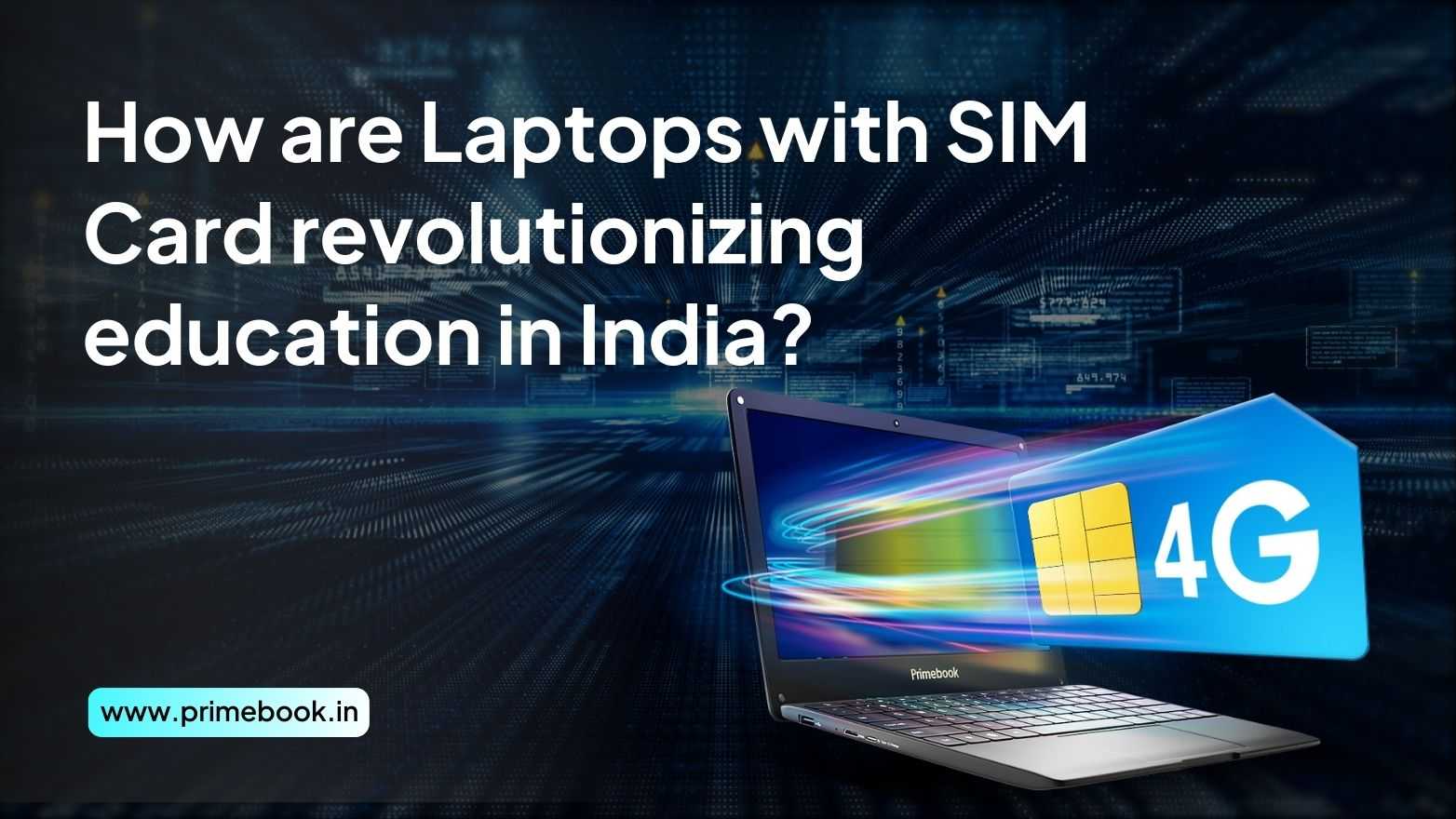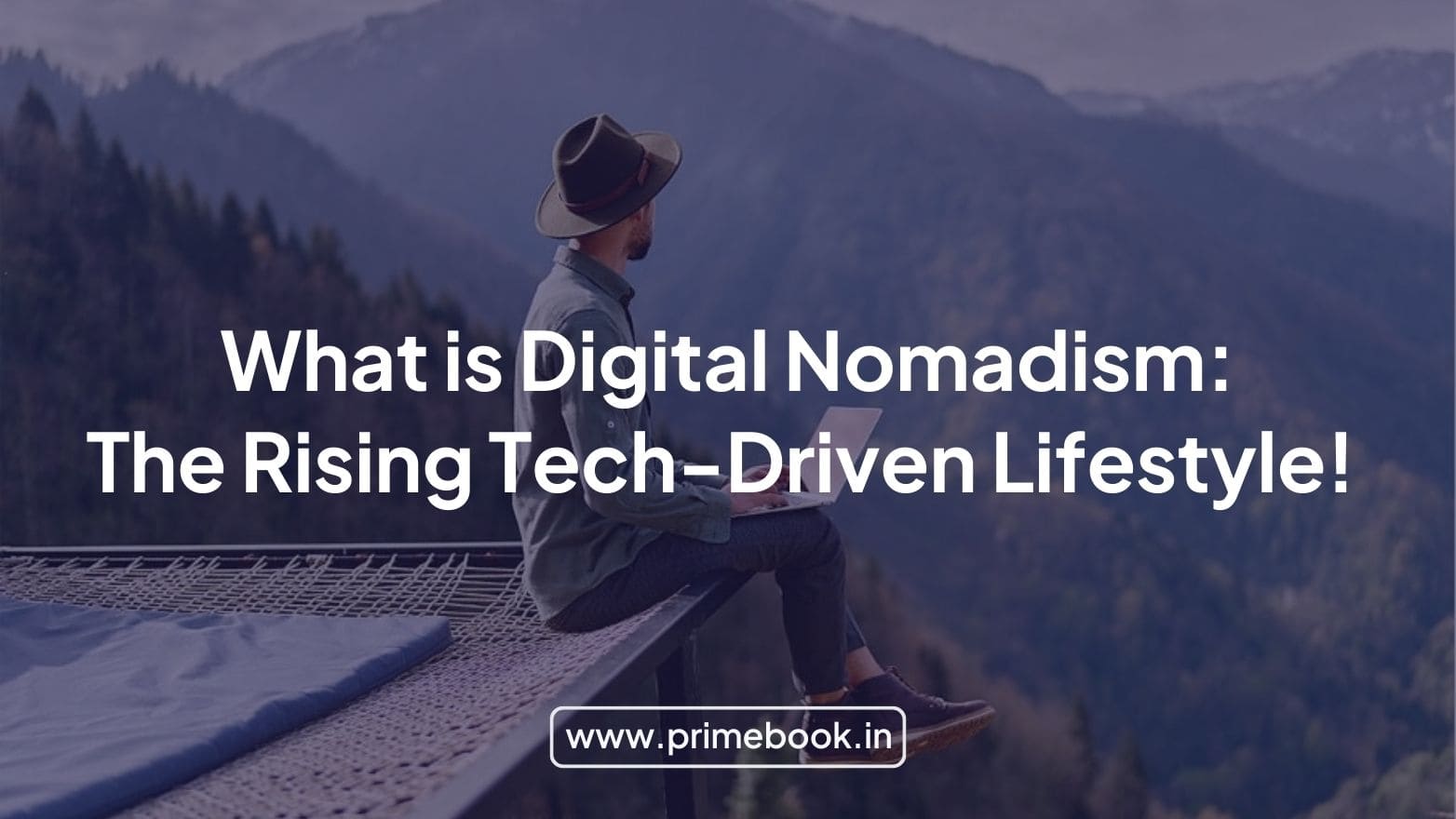Blogs / Trendy Tech Talks / From 2G to 4G to 6G Network: India’s Connectivity Journey!
Blogs / Trendy Tech Talks / From 2G to 4G to 6G Network: India’s Connectivity Journey!

Ananya Dasgupta
20 Dec 2024
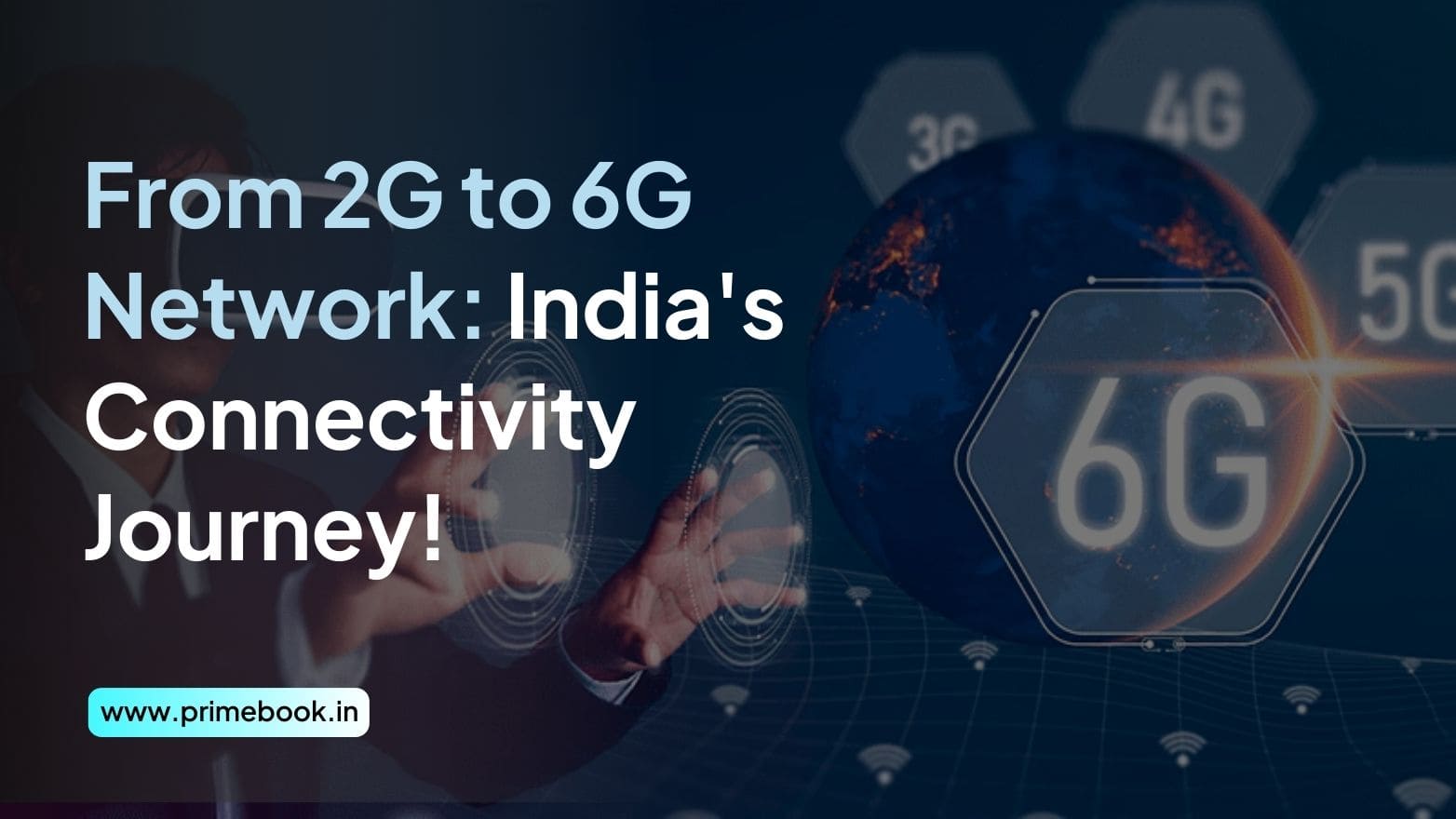
From 2G to 4G to 6G Network: India’s Connectivity Journey!
Indeed, India has come a long way in terms of network connectivity. From the limited reach of 2G to the widespread impact of 4G, today we are stepping into the 5G era with a profound futuristic plan of 6G innovations. So, in this blog, let’s explore the milestones in this journey, and see how each technological leap reshaped lifestyles across the Indian population, took a step forward towards bridging the digital divides, and paved the path for India's future with 6G.
Throwback to India Before 4G!
A 2009 study by the Indian Council for Research on International Economic Relations (ICRIER) suggested that Indian states having “10% higher mobile phone penetration” are likely to cherish “an annual average growth rate 1.2% higher than those with a lower teledensity.” This was when India primarily relied on 2G network connectivity, but operators like BSNL and MTNL had just introduced 3G networks to some urban areas like Mumbai, Delhi, etc.; fixed broadband connection was yet nascent!
Indeed, even when network technology was at its initial stage, digital connectivity was influencing the economic activities in India, opening access to various markets, enabling better information flow, and elevating productivity.
The 3G spectrum auction 2010 marked a major milestone in the journey of Indian network connectivity expansion. During this time, affordable Android smartphones penetrated the Indian market, surging demands for faster mobile internet connectivity.
However, the mobile internet boom and the groundwork for 4G networks were only created with the rise of mobile apps for video consumption, social networking, e-commerce, e-learning, online ticketing and bill payments, and more between 2013-2015.
The urban Indian population went through a series of cultural and behavioural shifts at this time. “Entertainment-on-the-go” started becoming a lifestyle and the same for online shopping!
As per the Network MBit Index Study, 3G mobile internet consumption in 2014 rose to 114%, and 2G grew by 47%. Why not? Telecom operators came up with slashing prices for mobile internet plans!
— For 3G connectivity, Reliance offered 1GB for 10 days at Rs.73 and 4GB monthly at Rs.292. The average 2G plan was around Rs.100-150 for 1GB of data per month, typically used in the rural or semi-urban areas where the 3G plans felt economically heavy.
— There were even plans like Rs.10 for 30 minutes of 3G experience by Airtel. The average 1GB 3G internet plan for 1 month was Rs.245.
But, it was only the beginning! The seventh largest country in the world, and the “then” second largest population, ought to travel a long to reach the last mile!
The 4G Impact…
While 2016 was the year of a larger vision—that of “Digital India,” and the linking of Aadhar manifested the generation of digital identity, Reliance Jio brought its free voice calls combined with unlimited data for greater accessibility of internet connections.
Although the 4G spectrum auction took place in 2010 and Bharat Airtel hailed Kolkata with 4G internet plans in 2012, the main impact of 4G network connectivity was felt only this time!
Alongside the 4G SIM, Jio also launched the LYE-branded 4G smartphones for a price of around Rs.3000. Such comprehensive accessibility of digital connectivity enabled more Indian population to leverage web browsing for various personal and professional pursuits.
– Video streaming, internet gaming, and high-quality video calls on Skype or FaceTime were enhanced with the advent of 4G.
– Small businesses in the semi-urban areas were able to exhibit and sell their products online with the help of this free, high-speed mobile internet access.
– Cloud-based services and SaaS (software-as-a-service) tools were easily accessible to business professionals with the 4G network.
– Online streaming platforms were replacing the use of traditional Cable TV in urban households.
– Demands for content in regional languages surged as the semi-urban population came online.
– The gig economy came into existence in India with the establishment of online delivery platforms.
Not only did the average cost of data significantly drop from Rs.268.97/GB in 2014 to 9.18/GB in 2024, paving for a surge in data consumption from 0.26GB/month/user in 2024 to 20.27GB/month/user in 2024, [Source: Press Release:Press Information Bureau] but between 2016 and today, 3G/ 4G network connectivity in India has certainly come a long way, penetrating 612,952 villages out of 644,131 (as of April 2024). [Source: Press Release:Press Information Bureau]. Beyond coverage growth, the report also shows that India has witnessed subscriber growth largely from 251.59 million in 2014 to 954.40 million in 2024, marking a CAGR of 14.26%.
5G has Rolled Out!
India's tryst with 5G began in October 2022, when it was officially launched during the Indian Mobile Congress. This leap was not just about faster internet; it marked a pivotal shift in connectivity, unlocking unprecedented opportunities for industries and consumers alike.
5G's high-speed, low-latency networks have already begun transforming sectors like healthcare, manufacturing, and education. As of December 2024, India’s 5G network has reached over 500 cities, with an estimated 150 million subscribers within two years of its launch. [Source: Fortune India]. Telecom operators such as Reliance Jio and Bharti Airtel continue to drive this growth with competitive data plans and expanded coverage.
However, while urban adoption has been swift, rural areas still face challenges due to infrastructure costs and affordability. Bridging this digital gap remains a critical focus as India advances.
India with The Vision for 6G
Even as 5G continues to unfold, India is already envisioning its next leap—6G, the sixth generation of wireless technology, anticipated by 2030. In March 2023, the Indian government released the Bharat 6G Vision Document, emphasizing innovation, inclusivity, and self-reliance in developing this next-gen connectivity.
6G promises speeds up to 1 Tbps, ultra-low latency, and the seamless integration of physical and virtual realities. Its potential applications extend far beyond faster internet:
-
Holographic Communication: Imagine virtual meetings with holograms instead of video calls, revolutionizing work and social interactions.
-
AI and IoT Integration: From self-driving vehicles to smart homes, 6G will power a hyper-connected, intelligent world.
-
Space Internet: Leveraging satellite networks for ubiquitous connectivity, even in the most remote parts of India.
To achieve this vision, India is investing heavily in R&D and collaborating with global partners, aiming to become a leader in setting 6G standards. Initiatives like the India 6G Test Bed are laying the groundwork for indigenous technologies and patents that will support this future. In fact, India has already secured 127 global patents in 6G technologies. [Source: Live Mint] The Department of Telecommunications has already approved 111 research projects for the 6G ecosystem initiative [Source: PIB], demonstrating the vehement collaboration between startups and academia for driving innovations in India’s advanced communication technologies.
This connectivity journey—from 2G to 4G to 6G—reflects not just technological evolution in India but a transformation in societal behaviour, economic growth, and digital inclusion. With 6G on the horizon, the possibilities seem limitless, and India is well-positioned to lead this new era of connectivity.
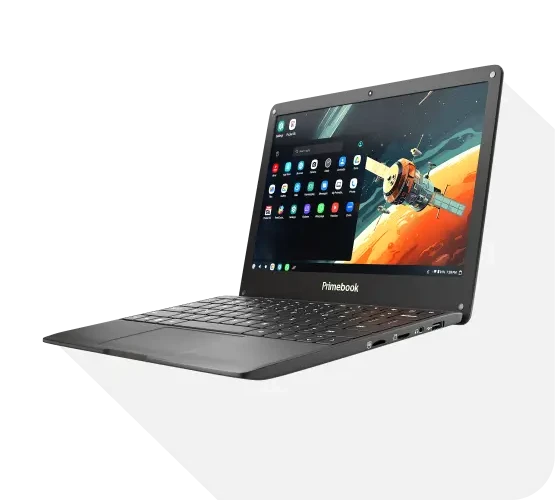
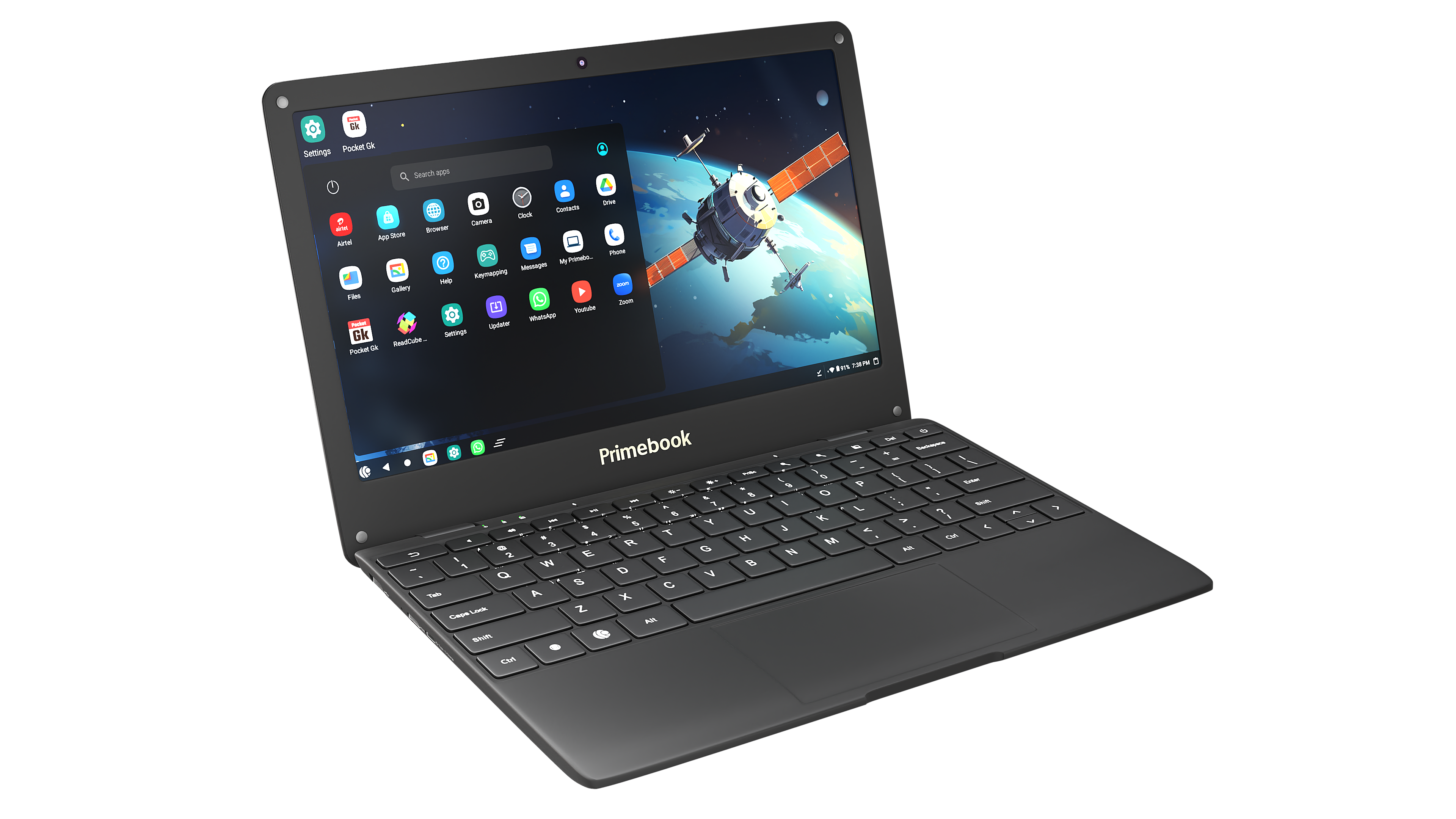
 Related Blog
Related Blog


